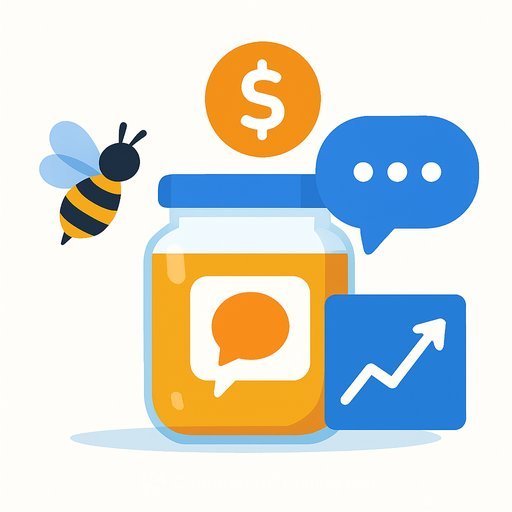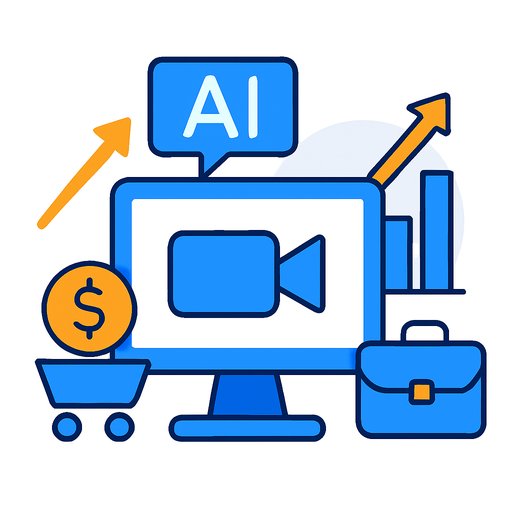Ragan’s Center for AI Strategy Puts People First in AI for Communications
Keeping up with AI can feel overwhelming. The pace of change is relentless, and it’s easy to get lost in the technical details. What communicators really need is a practical, human-centered approach that guides them through AI’s impact on their work.
Ragan’s Center for AI Strategy (CAIS) offers just that—a peer-driven network where communication pros can learn, share, and grow alongside AI. Supported by 19 advisors with expertise in tech, PR, corporate communications, government, and social media, CAIS helps members use AI thoughtfully and effectively.
Diane Schwartz, CEO of Ragan Communications, puts it simply: “People will lead the AI revolution.” CAIS is built around this belief, combining peer connections and expert advice to help communicators think critically about AI's role in their daily work.
Members get exclusive access to upskilling events, practical AI resources, and a ticket to Ragan’s AI Horizons Conference. The first peer-to-peer call is set for September 8, creating space for real-time knowledge exchange.
The AI Brain Trust Advisors
The CAIS advisors bring diverse perspectives from top organizations and various industries, ready to support members with peer meetings and direct guidance. The group includes:
- Jonny Bentwood – Golin
- Ryan Brack – Stealth
- Brian Buchwald – Edelman
- Laura Gagliardi – Verizon
- Anika Gakovic – Phyusion
- Chris Gee – Chris Gee Consulting
- Paul Gennaro – New York Life
- Megan Hueter – Everywhere
- Amyn Jan – AJ Emtech LLC
- Paavana Kumar – Davis+Gilbert LLP
- Meiko S. Patton – United States Postal Service
- Brian Pittman – Ragan
- Katelyn Ringrose – McDermott Will & Emery
- Alex Sevigny, PhD, APR – McMaster University
- Brian Snyder – Axicom
- Samantha Stark – Phyusion
- Rowan Toffoli – Lockheed Martin
- Martin Waxman – LinkedIn Learning
A Glimpse at CAIS Resources for Members
How to Build an AI Playbook to Empower Your Communications Team
Rowan Toffoli, innovation and technology communications manager at Lockheed Martin, shares practical advice for creating an AI playbook. The goal: keep it simple, clear, and focused on your team’s needs.
Dos & Don’ts – Core Guidelines
- Do: Use AI tools for idea generation, drafting, summarization, and brainstorming. Always verify AI-generated content and keep a human in charge of final edits.
- Don’t: Publish AI outputs without review. Avoid feeding confidential or personal data into public AI platforms. Never assume AI-generated information is accurate without fact-checking.
Consult your IT, security, legal, and ethics teams to align your guidelines with company policies. Sharing your playbook drafts with peers or advisors can provide valuable feedback. Everyone is learning as AI evolves.
Legal Essentials for Communications Professionals Using Agentic AI
Paavana Kumar from Davis+Gilbert LLP highlights three key legal areas to watch as agentic AI gains traction in business.
Data, Usage, and Ownership
Agentic AI depends on broad data access to make informed suggestions, but this increases legal risks. Companies need to ensure they:
- Respect existing data processing agreements.
- Avoid scraping or repurposing third-party data against platform terms.
- Comply with privacy laws, including securing consumer consent when handling personal data.
For example, the California Privacy Protection Agency (CPPA) proposes rules for Automated Decision-Making Technology (ADMT), requiring cybersecurity audits, risk assessments, and consumer notifications. The EU AI Act may also classify certain agentic AI systems as high-risk, adding transparency and oversight obligations.
Communications professionals working with AI should stay informed on these evolving legal frameworks to manage risk and maintain ethical standards.
To explore practical AI courses tailored for communication pros, visit Complete AI Training's communications courses.
Your membership also unlocks:






